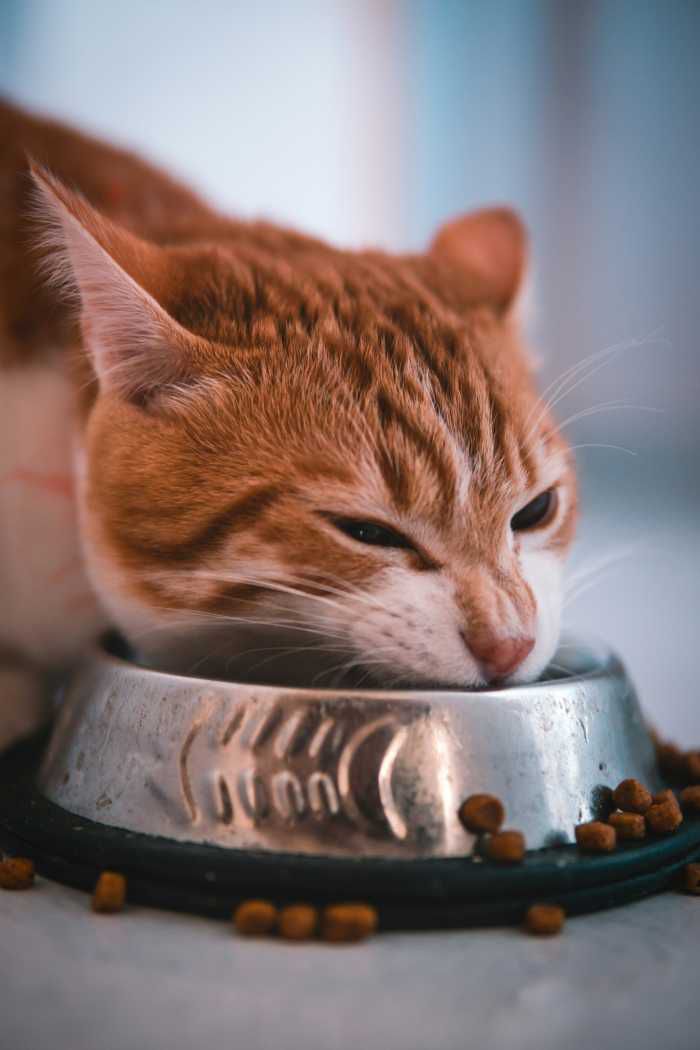How to Spot When Your Cat’s Whiskers Are in Trouble
Your cat’s whiskers, scientifically called vibrissae, are more than just cute facial features — they play a vital role in their daily life. Whiskers are highly sensitive touch receptors that help cats navigate, hunt, and sense changes in their surroundings. When something goes wrong with these delicate sensors, it can affect your cat’s well-being and behavior. Here’s how to identify potential issues with your cat’s whiskers and what to do about them.
1. Whisker Breakage or Los
What to Look For:
- Noticeable gaps where whiskers used to be.
- Whiskers that are shorter than usual or look uneven.
- Broken whiskers with jagged ends.
Possible Causes:
- Rough Play: Active play or fights with other cats can lead to whisker damage.
- Stress or Illness: Excessive grooming due to stress may cause whiskers to fall out.
- Nutritional Deficiency: A lack of essential nutrients like protein or vitamins may weaken whiskers.
What to Do:
- Ensure your cat has a balanced diet.
- Reduce stressors in their environment (e.g., noise, lack of safe spaces).
- Consult a vet if whisker loss persists, as it might indicate an underlying health condition.
2. Signs of Whisker Fatigue
What to Look For:
- Hesitation or discomfort when eating from a deep bowl.
- Pawing at food or tipping over the dish to eat.
- Avoiding tight spaces or new environments.
- Appearing irritable or reluctant to engage in normal activities.
Possible Causes:
- Overstimulation: Constant contact with hard surfaces (like narrow food bowls) can overwhelm the sensitive nerve endings in whiskers.
What to Do:
- Use shallow or wide food and water bowls to prevent whisker contact with the sides.
- Offer a calm, low-stress environment to reduce overstimulation.
3. Discoloration or Unusual Texture
What to Look For:
- Whiskers that appear discolored (e.g., dull, brownish, or whitish spots).
- Brittle, dry, or wiry whiskers.
Possible Causes:
- Aging: Whiskers may naturally turn white or gray as your cat gets older.
- Infections or Skin Issues: Fungal infections, dermatitis, or allergies can affect whisker health.
- Environmental Factors: Exposure to chemicals or pollutants may cause changes in whisker appearance.
What to Do:
- Ensure your cat isn’t exposed to harsh chemicals (e.g., cleaning products).
- Consult your vet if you notice sudden changes, as it could indicate a skin condition or infection.
4. Inflammation or Injury Around Whisker Follicle
What to Look For:
- Redness, swelling, or sores at the whisker base.
- Crusty or scabbed skin where whiskers grow.
- Signs of pain when whiskers are touched.
Possible Causes:
- Infections: Bacterial or fungal infections can inflame the follicles.
- Allergies: Reactions to food, pests, or environmental allergens.
- Injuries: Cuts, bites, or abrasions near the whisker area.
What to Do:
- If you suspect an infection or injury, seek veterinary care.
- Keep your cat’s face clean and monitor for changes.
5. Sudden Changes in Behavior
What to Look For:
- Avoiding narrow spaces or dark areas they usually explore.
- Increased clumsiness, such as bumping into things.
- Refusing to hunt, play, or engage in normal activities.
Possible Causes:
- Whisker Damage: Damaged whiskers may impair their ability to judge distances or navigate safely.
- Sensory Issues: Pain or discomfort related to the whiskers might cause behavioral changes.
What to Do:
- Monitor your cat closely and document any changes.
- Visit the vet if behavior shifts persist, as it may be related to sensory impairment.
Maintaining Whisker Health
- Provide Proper Bowls: Opt for wide, shallow dishes to prevent whisker fatigue.
- Minimize Stress: A calm environment supports overall well-being.
- Regular Grooming: While whiskers don’t need trimming, maintaining general facial cleanliness helps.
- Healthy Diet: A balanced diet promotes strong whiskers and healthy skin.
- Vet Check-Ups: Routine visits can catch potential issues early.
Conclusion
Your cat’s whiskers are essential tools for their sensory perception and confidence. By keeping an eye on their condition and addressing any problems early, you can ensure your feline friend continues to thrive. If you notice persistent issues, consulting a veterinarian is the best way to safeguard their health.








